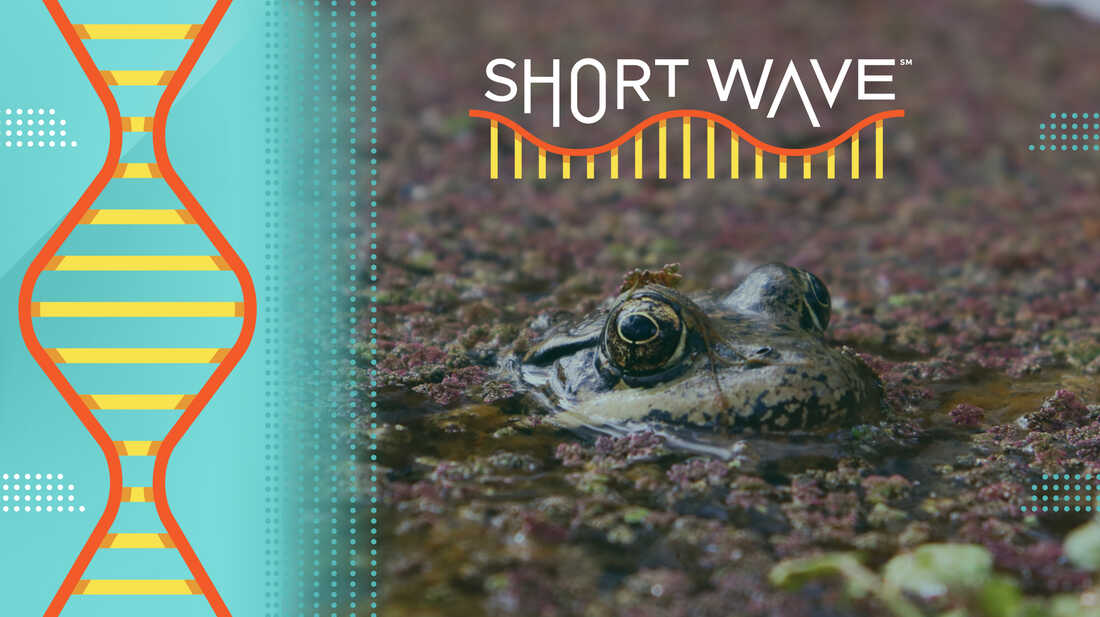
How do scientists monitor the inhabitants and mating habits of the threatened California red-legged frog? With cautious listening—and slightly assist from AI.
Paula Sternberg Rodriguez/San Diego Pure Historical past Museum
conceal caption
toggle caption
Paula Sternberg Rodriguez/San Diego Pure Historical past Museum

How do scientists monitor the inhabitants and mating habits of the threatened California red-legged frog? With cautious listening—and slightly assist from AI.
Paula Sternberg Rodriguez/San Diego Pure Historical past Museum
In case you had been a miner in California in the course of the Gold Rush, you might need dined on a California red-legged frog.
The biggest native frog within the western United States, this Golden State denizen was once discovered as far inland because the Sierra Nevada mountains and south, into Baja California. However overharvesting, predation by invasive bullfrogs and habitat loss took their toll on the frogs: Immediately, they’re listed as threatened below the Endangered Species Act.
Over the previous 5 years, a group of conservationists fastidiously translocated a inhabitants of those red-legged frogs, shifting them from northwestern Mexico to 2 websites in California. As soon as they obtained there, although, they had been caught with one other downside: the way to monitor that inhabitants’s progress.
Fortunately, the California red-legged frog has a particular mating name that scientists can look out for. It is low-pitched and creaky, just like the noise you get if you rub your finger on a balloon. However listening for them each evening — and choosing these calls out of the turkey calls and coyote howls and automotive horns of an evening in Southern California — is a large process, even for probably the most enthusiastic amphibian knowledgeable.
That is the place AI is available in. Scientists can use particular machine studying fashions to type by way of hundreds of hours of recordings, figuring out the locations the place California red-legged frogs had been heard and surveying their success. It is saving the conservation group money and time, in order that they’ll concentrate on translocating extra frogs sooner or later.
Need to hear extra tales about critters or conservation? Tell us at shortwave@npr.org.
Pay attention to each episode of Quick Wave sponsor-free and help our work at NPR by signing up for Quick Wave+ at plus.npr.org/shortwave.
Take heed to Quick Wave on Spotify and Apple Podcasts.
This episode was produced by Hannah Chinn. It was edited by Rebecca Ramirez and fact-checked by Nathan Rott and Tyler Jones. Robert Rodriguez was the audio engineer.
















